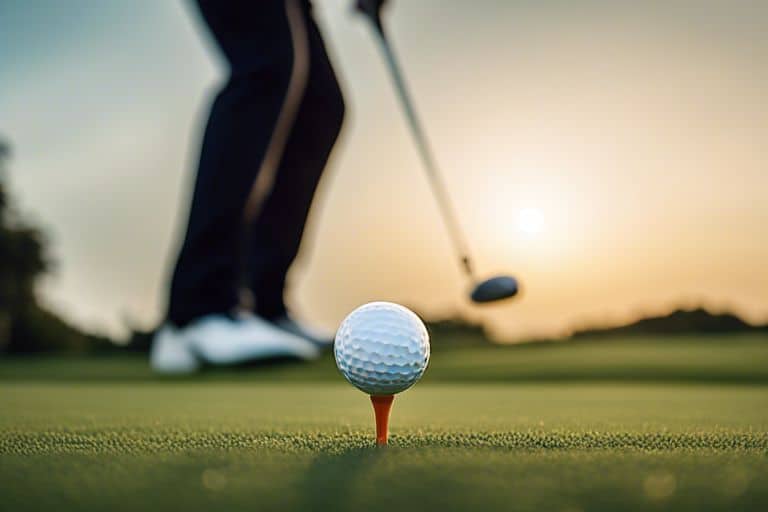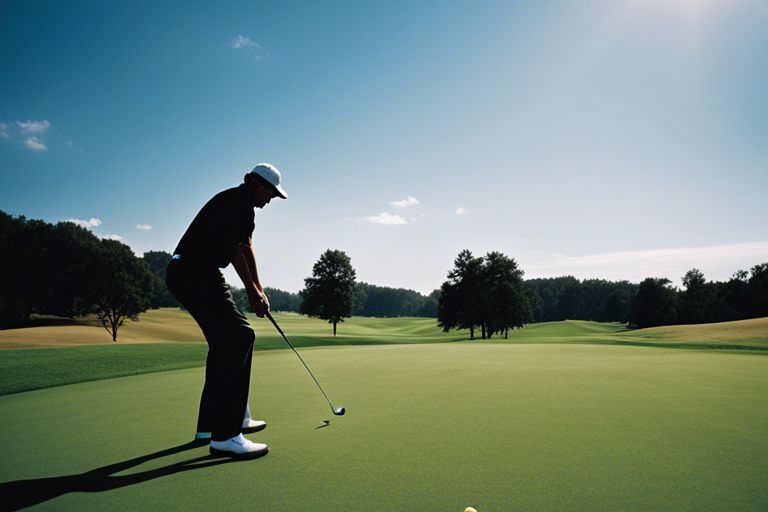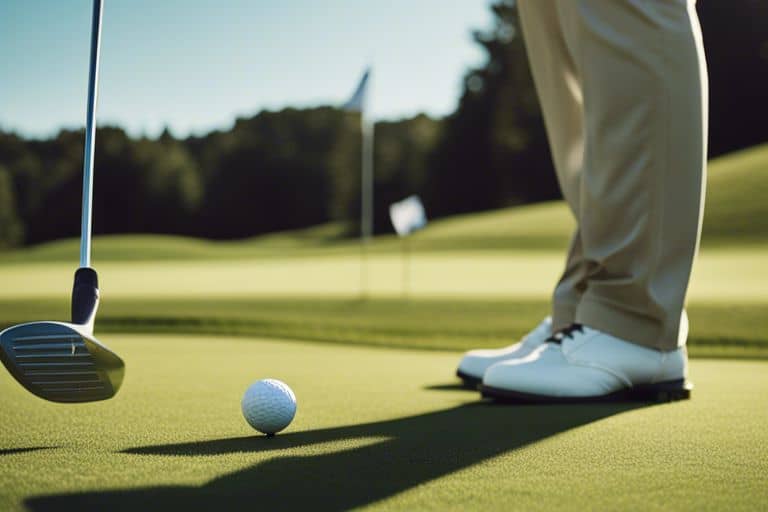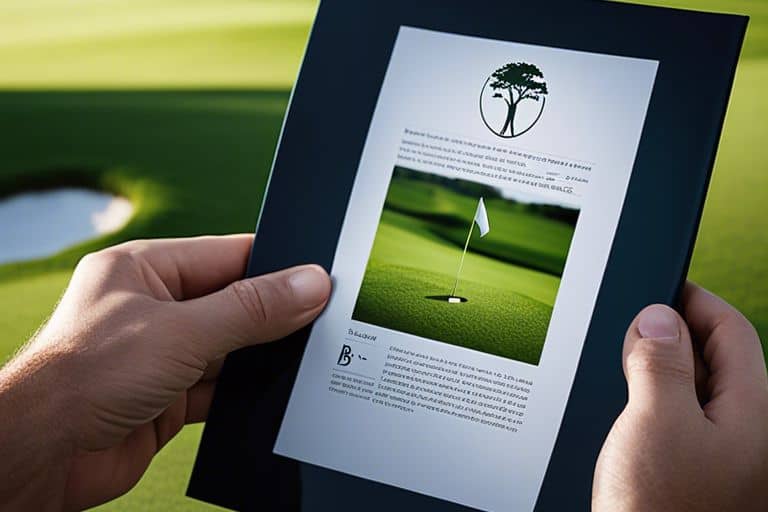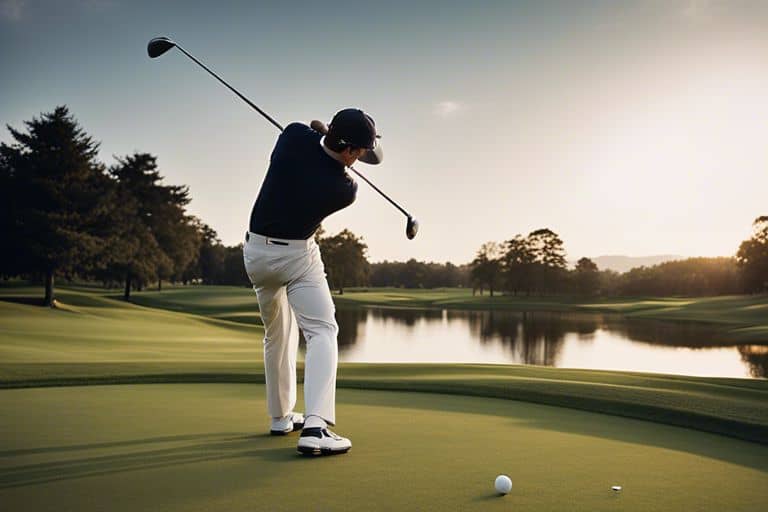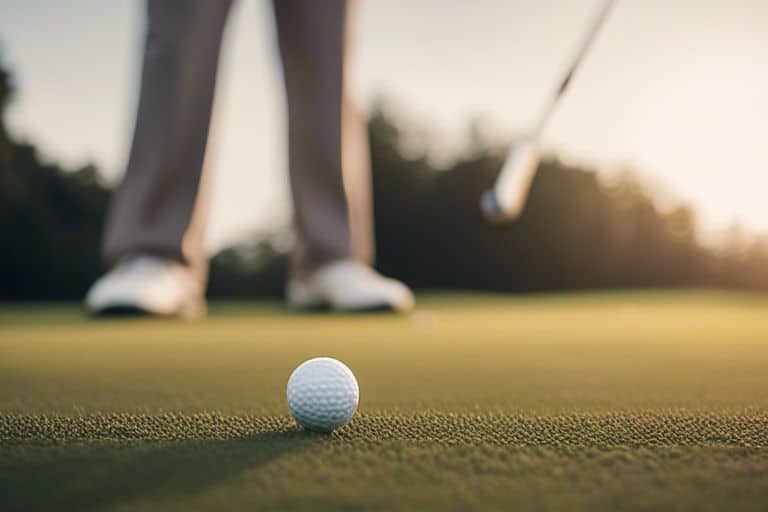What does it mean to "skull" a shot in golf?
As a seasoned golfer, I have encountered numerous instances where a player “skulled” a shot, and the consequences can be quite detrimental. When you skull a shot in golf, it means that you have struck the ball with the leading edge of the club, causing it to *bounce* off the ground and fly at a much lower trajectory than intended.
This can result in the ball flying dangerously low to the ground, potentially causing damage or injury to yourself or others. It’s important to understand the mechanics of skulling a shot and how to avoid it to ensure a safe and enjoyable round of golf.
The Fundamentals of “Skulling” a Shot
By understanding the fundamentals of “skulling” a shot in golf, you can gain insight into how to avoid making this common mistake. Skulling a shot refers to hitting the ball with the leading edge of the club, usually resulting in a low, line drive shot that flies much further than intended. In this chapter, I will delve into the definition of “skull” in golf and the common causes of skulled shots, providing you with the knowledge to improve your game and prevent these frustrating mistakes.
Definition of “Skull” in Golf
When I refer to “skulling” a shot in golf, I am talking about hitting the ball with the leading edge of the club. This results in a shot that flies much lower than intended, often traveling much further than you had planned. It’s a common mistake that can lead to frustration on the course, but with some adjustments to your technique, it’s entirely preventable.
Common Causes of Skulled Shots
There are a few common causes of skulled shots in golf. One of the most prevalent reasons is a downward angle of attack at impact, leading to the leading edge of the club striking the ball instead of the clubface. Additionally, if you are “scooping” the ball at impact, instead of making crisp, clean contact, you are more likely to skull the shot. It’s important to be aware of your swing mechanics and ensure that you are making solid contact with the ball to avoid this frustrating mistake.

Technical Analysis of Skulled Shots
While skulled shots can be frustrating, understanding the technical aspects of the swing can help you correct your form and improve your game.
The Role of Swing Mechanics
When it comes to skulled shots, swing mechanics play a crucial role. Oftentimes, skulled shots occur when the swing path is too steep, leading to the club hitting the top half of the ball. Additionally, improper weight transfer and poor posture can also contribute to skulling the ball. This can cause the club to bottom out too early, resulting in a thin shot. Focus on maintaining a smooth, shallow swing path and correct weight transfer in your swing to reduce the chances of skulling the ball.
Impact of Club Selection and Ball Position
Club selection and ball position can also have a significant impact on the likelihood of skulling a shot. Using a club with too little loft, such as a fairway wood or long iron, can make it more difficult to get the ball airborne, increasing the risk of skulling the shot.
Additionally, having the ball too far forward in your stance can lead to skulling the ball, as the club may bottom out before reaching the ball. Ensuring you have the correct club for the shot and positioning the ball appropriately in your stance can help minimize the risk of skulling the ball.

Prevention and Correction Strategies
To prevent or correct skulled shots in golf, there are several strategies and techniques that can be employed. Whether it’s during practice or in the heat of a game, being aware of these strategies can help you avoid or rectify this common problem.
Training Techniques to Avoid Skulling
When it comes to training to avoid skulled shots, it’s important to focus on proper setup and ball position. I find that maintaining a stable lower body during the swing and keeping my weight centered over the ball helps prevent skulling. Additionally, practicing with a slightly more upright and controlled swing can also be beneficial in avoiding skulled shots. These techniques can help you develop muscle memory for a more consistent and solid ball contact.
Adjustments During Game Play
If you find yourself skulling shots during a game, it’s important to take a step back and assess your setup and swing. I’ve found that focusing on a smooth, controlled swing and keeping my head steady can help prevent skulling the next shot. Additionally, paying attention to my grip pressure and staying relaxed can also make a big difference in avoiding skulled shots during game play. Remember to take a moment to recalibrate and make these adjustments before your next shot to improve your performance on the course.

Final Thoughts on Skulled Shots
After discussing the causes and potential solutions for skulled shots in golf, it’s important to understand that this is a common problem that many golfers face. It’s a frustration that can affect your game and hinder your progress if not addressed properly. However, with the right approach and mindset, it is a challenge that can be overcome.
Recap of Key Points
To recap, a skulled shot occurs when the leading edge of the club makes contact with the equator of the golf ball, causing it to fly at a lower trajectory than intended. This can lead to a loss of distance and accuracy in your shots. The main causes of skulled shots include poor ball position, improper weight distribution, and a lack of proper follow-through.
To prevent skulled shots, it’s crucial to focus on maintaining a consistent and balanced setup, solidifying the fundamentals of your swing, and practicing consistently to build muscle memory.
The Path to Improved Golfing Performance
To improve your golf performance and reduce the occurrence of skulled shots, I recommend focusing on refining your technique through regular practice and seeking guidance from a reputable golf instructor. By incorporating drills and exercises that target specific aspects of your swing, such as weight transfer and clubhead position through impact, you can gradually eliminate the factors that contribute to skulled shots.
Additionally, visualizing successful shots and maintaining a positive mindset on the course can also play a significant role in improving your overall performance. Remember, consistency and dedication are key to achieving success in golf.

